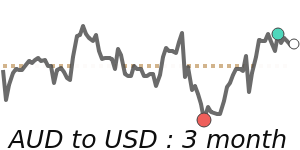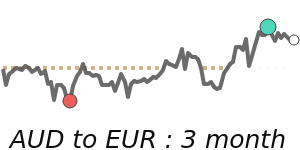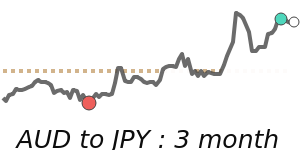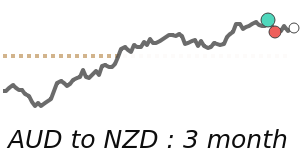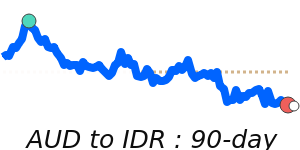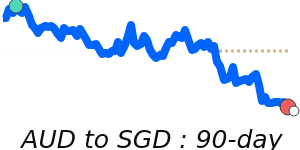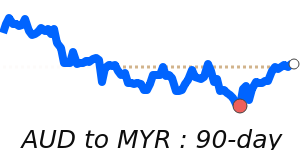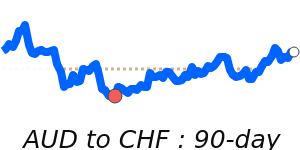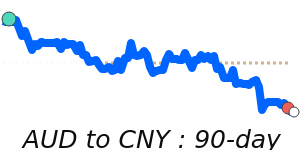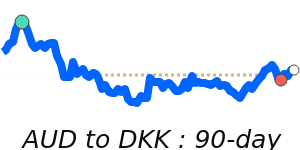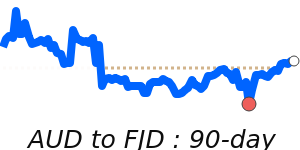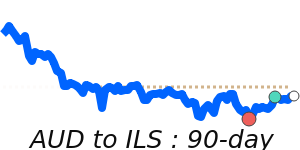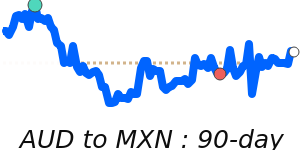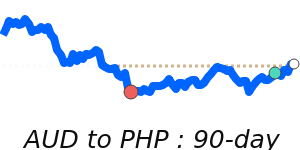The Australian dollar (AUD) has recently faced a downturn, influenced by a shift in global market sentiment and signs of a slowdown in the Chinese economy. As a commodity currency, the AUD is sensitive to fluctuations in global commodity prices and investor appetite for risk. Analysts have noted that the recent retreat in the AUD aligns with a broader trend where the currency is impacted by risk-off trade dynamics.
Currently trading at approximately 0.6531 against the US dollar, the AUD remains just below its three-month average. The currency has fluctuated within a stable range of 0.6421 to 0.6685, highlighting the relatively tight movement amid the current risks. against the Euro, the AUD is positioned at 0.5624, slightly above its recent average and maintaining a narrow range between 0.5522 to 0.5677. Notably, it has experienced a stronger performance against the British pound, with a rate of 0.4965—1.5% above its three-month average—indicating some relative strength in this currency pair.
A significant factor for the AUD remains its connection to Chinese economic performance, given that China is Australia’s largest trading partner. Any signs of weakness in the Chinese market can lead to increased pressure on Australia's exports, particularly commodities such as iron ore and coal, which are pivotal to the Australian economy. Additionally, interest rate differentials set by the Reserve Bank of Australia (RBA) continue to influence investor sentiment toward the AUD. Lower interest rates may deter foreign investment, leading to depreciation.
Market forecasts indicate that the Australian dollar has potential for recovery, particularly if global economic sentiment improves. In a recent outlook, Bank of America highlighted that despite current challenges, the Aussie is positioned as a possible top-performing currency in the latter half of 2025, should a correction in US dollar strength materialize. This shift underscores how market perception and economic indicators will play critical roles in shaping future movements for the AUD in the currency markets.
In summary, while current conditions reflect caution for the Australian dollar, prospective shifts in global economic sentiment and commodity prices may offer opportunities for recovery. Keeping an eye on both external economic indicators and returns on commodities will be vital for those engaging in international transactions with the AUD.
